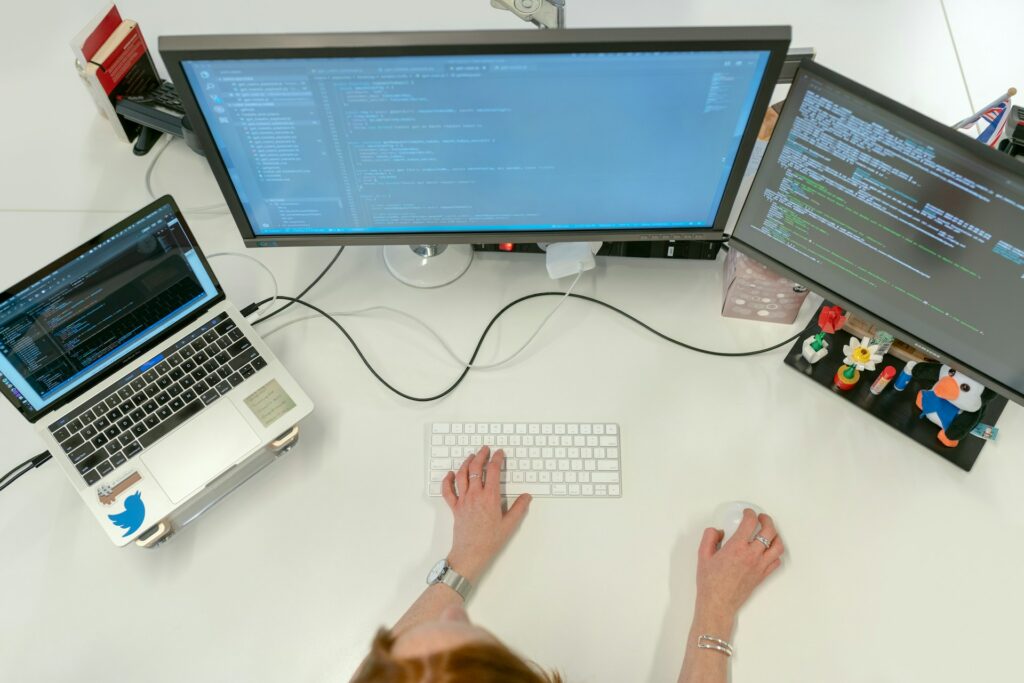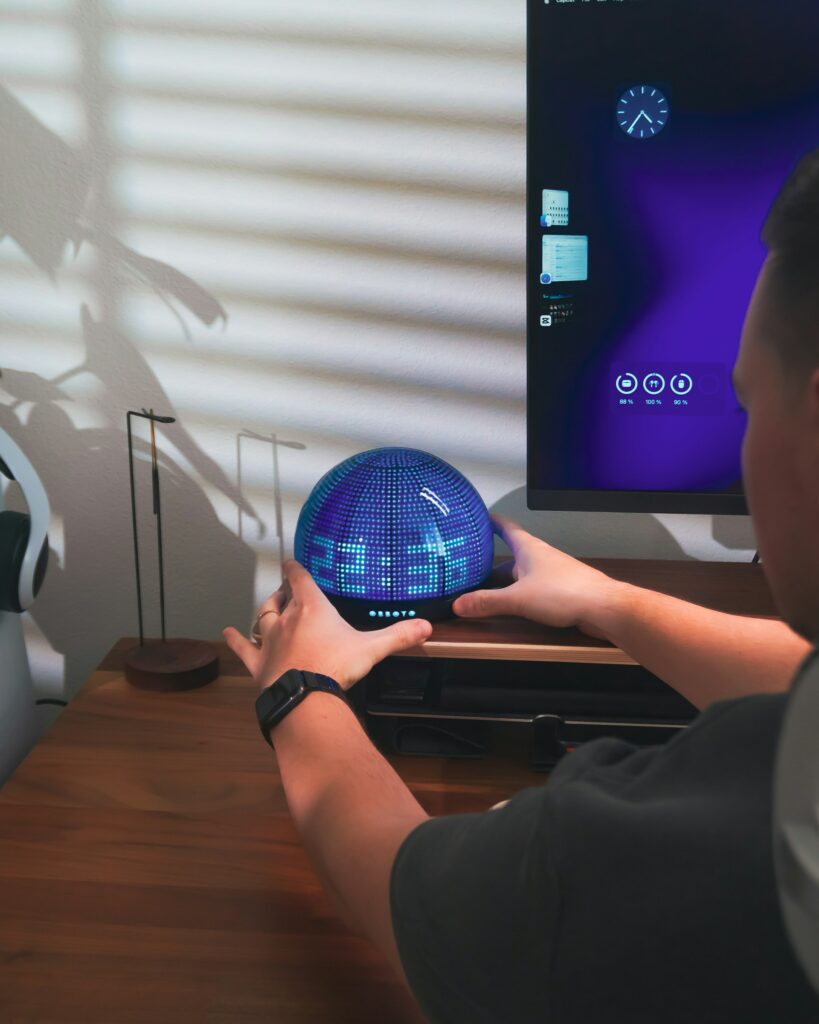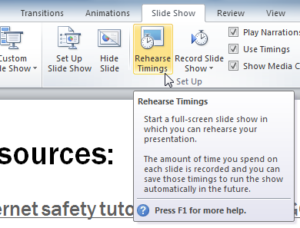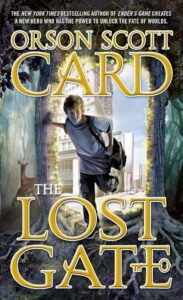Mastering Advanced Presentation Techniques: A Comprehensive Guide to Advanced Presentation Options in PowerPoint 2010
Introduction: PowerPoint 2010 offers a wide array of advanced presentation options that allow presenters to elevate their slideshows to new...
 How Local Computing Is Making a Comeback Alongside Cloud Services
How Local Computing Is Making a Comeback Alongside Cloud Services  The Impact of Automation Tools on Freelance Pricing Models
The Impact of Automation Tools on Freelance Pricing Models  Why System Resource Monitoring Is a Must for Power Users
Why System Resource Monitoring Is a Must for Power Users  How Collaborative Software Is Redefining Solo Freelancing
How Collaborative Software Is Redefining Solo Freelancing  The Future of Personal Computing in an AI-First World
The Future of Personal Computing in an AI-First World 















